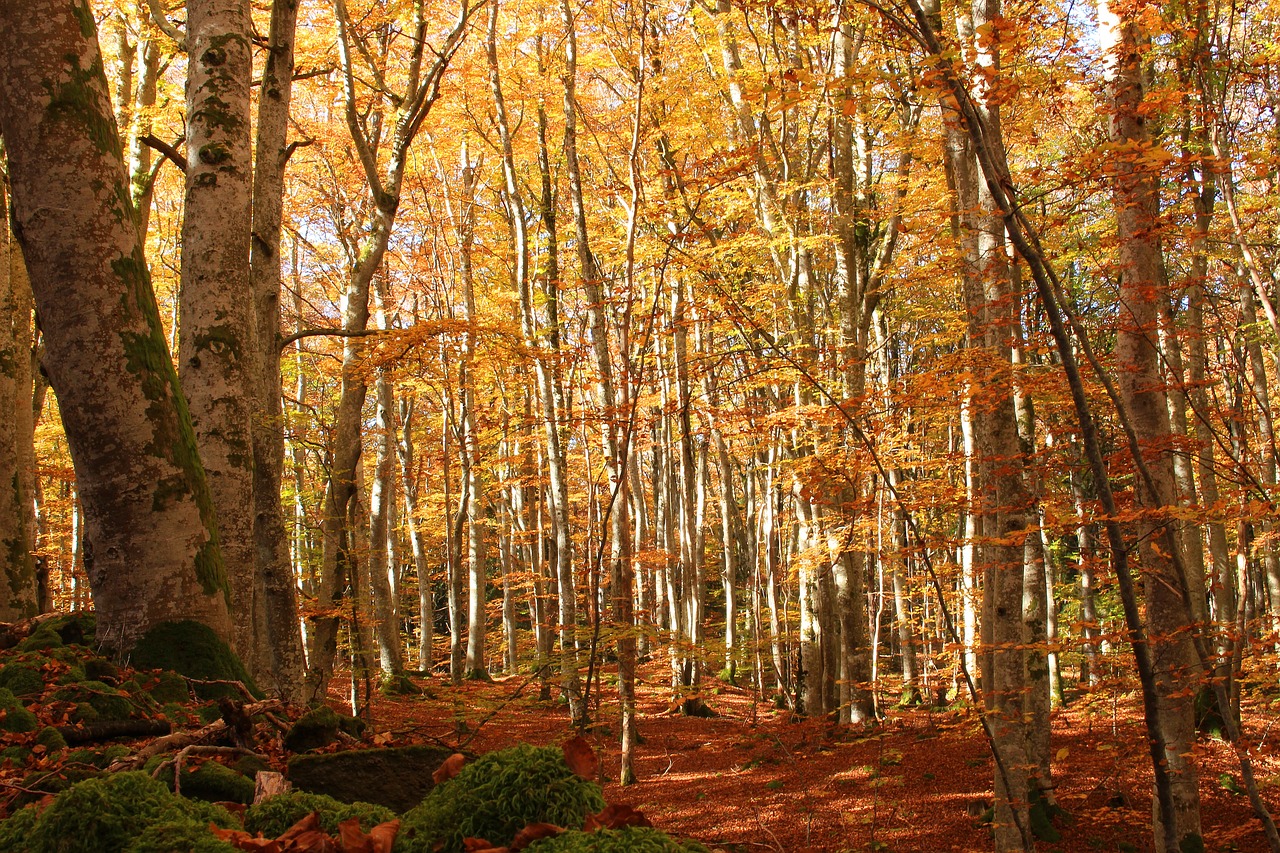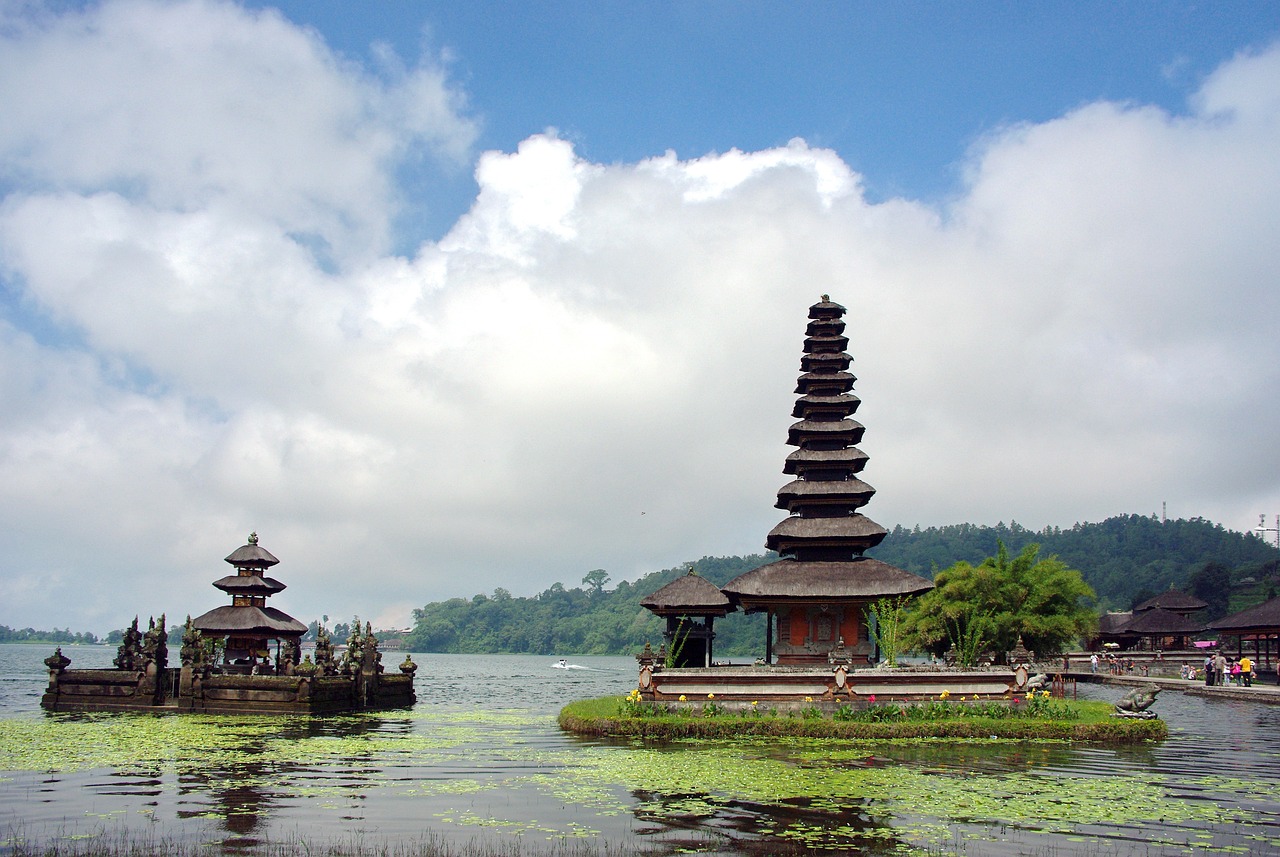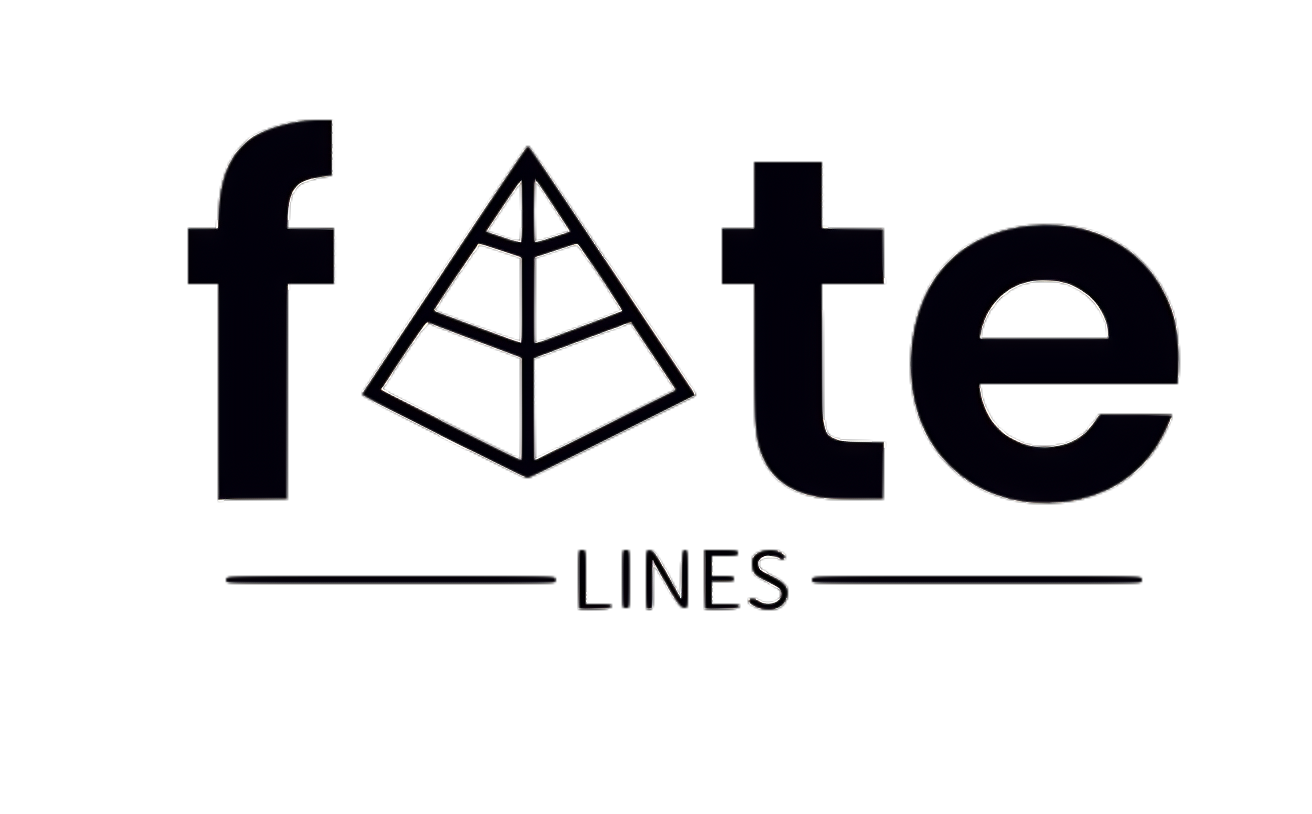Celtic Mythology
-
Banba’s Crown, the highest point of Ireland’s mainland, is situated at Malin Head in Inishowen, County Donegal. This location is steeped in mythology, as its name is derived from the goddess Banba, one of the deities in Irish folklore. Along with her sisters, Ériu and Fódla, Banba is said to have been a protector of…
-

Medb: The Enigmatic Queen of Connacht Overview In the realm of Celtic mythology, Medb stands as the formidable Queen of Connacht, characterized as a central antagonist in the Ulster Cycle. With her extraordinary cunning and strength, she reigned over Western Ireland, exerting considerable influence over the island. Her tumultuous interactions with her former spouse, Conchobar…
-

Danu, a revered triple goddess in ancient Irish mythology, is celebrated as the “Great Mother” of Ireland. She is regarded as the matriarch of the Tuatha Dé Danann, a lineage that translates to “People of the Goddess Danu.” Danu signifies wisdom, abundance, and prosperity, yet her name also aligns with the concept of water, suggesting…
-
Goibniu, associated with the Tuatha Dé Danann, stands as one of the trio of deities renowned for craft, known collectively as na trídé dána. Alongside Credne and Luchta, he exemplifies exceptional smithing skills. His most prominent appearance is in the tale of Cath Maige Tuired, where he is depicted as a relentless armorer, equipping Lug…
-
The Nuckelavee: A Monstrous Sea Legend in Irish Folklore Mythologies often serve as outlets for cultural fears and apprehensions, providing a framework through which societies narrate their insecurities. In Irish and Scottish traditions, one of the most alarming figures is the Nuckelavee, a monstrous entity believed to rise from the sea, bringing with it decay,…
-
In Irish legend, Goibniu (pronounced ˈɡovʲnʲu, with the modern variation being Gaibhne) is recognized as the legendary metalsmith of the Tuatha Dé Danann. Revered as a deity of smithing, he is also connected with the principle of hospitality. His character draws parallels to Gofannon from Welsh mythology and Gobannus from Gaul. Etymological Origins Goibniu’s name…
-
Banba’s Crown, situated at Malin Head in Inishowen, County Donegal, represents the most northern point of mainland Ireland (Irish: Cionn Mhálanna, Inis Eoghain, Contae Dhún na nGall). Its designation honors the goddess Banba, who is associated with Irish folklore. Legend has it that Banba is one of the three deities—alongside Ériu and Fódla—who served as…
-
Bealtaine, celebrated on May 1st, holds significant importance in Irish mythology as the herald of summer for ancient Irish ancestors. The festival is strongly linked to the Hill of Uisneach—known as “Cnoc Uisneach” in Irish—located in County Westmeath, where it was believed grand fires were lit to mark the occasion. Archaeological evidence reveals substantial deposits…
-

The Irish Morrigan: Deity of Life, Death, and Transformation The Morrigan, an ancient and multifaceted Irish goddess, finds her roots traced back to prehistorical times, illuminating her role as a vital figure in the pantheon of deities known as the Great Goddess across Europe. Historical artifacts suggest that she served as a bridge between the…



